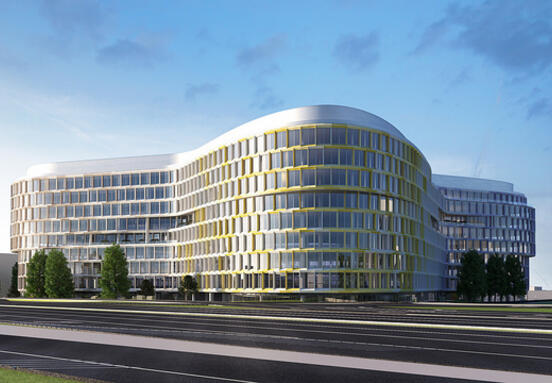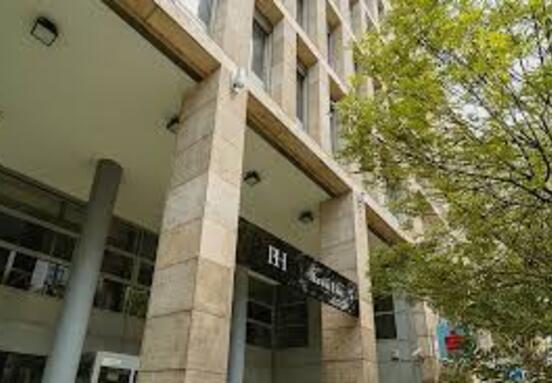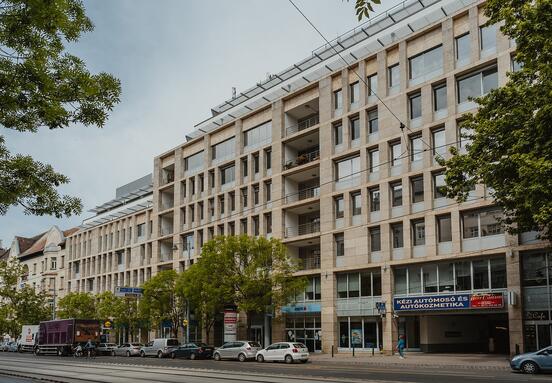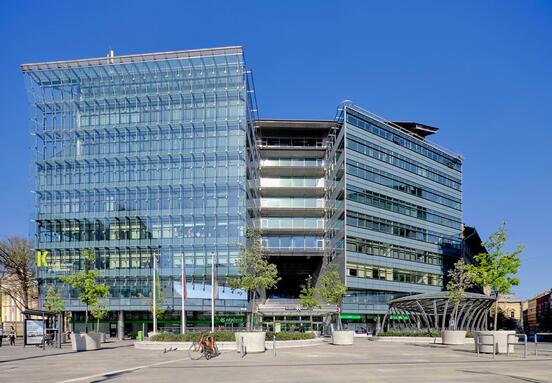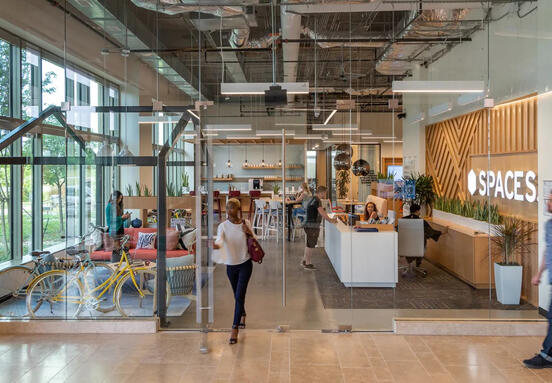While leasing activity has largely stabilised post-pandemic, differences in supply levels, tenant priorities, and ESG compliance are driving distinct trends across the region, reveals Colliers in their recent report: “ExCEEding Borders Office Report. Evolution of Office Markets in CEE-6: Trends and Challenges”.
Diverging development trends
Josef Stanko, Head of Market Research, Czechia at Colliers, comments: ”New office supply in the CEE-6 region reveals stark contrasts. Sofia stands out with ongoing Class A development, while major cities like Warsaw, Prague, Bucharest, and Budapest are experiencing significantly reduced construction activity. Warsaw, despite a modest uptick in 2024, is delivering only a third of the office volume seen during the pandemic”.
Focus on sustainability and quality
Green certification is now a baseline expectation across the region. New projects increasingly target high-level certifications such as LEED, BREEAM, and DGNB. In Sofia, nearly all new projects are certified or undergoing certification. In Bratislava, developers are integrating advanced technologies like geothermal systems. Repositioning efforts are also underway, especially in Poland and Czechia, where Class A buildings in prime locations are favoured. Older Class B properties are facing rising vacancies or being repurposed as occupiers pursue quality and sustainability.
Development challenges persist
While development levels remain satisfactory overall, challenges vary by market. Rising construction and financing costs, stagnating demand, and inconsistent returns are common issues. This results in disparities between expected and actual supply levels across CEE cities.
Shifting occupier preferences
Across the CEE-6, tenants are prioritising quality, location, and sustainability over cost- based decisions. In Sofia, demand remains steady, driven largely by renewals and relocations. Warsaw is seeing sectoral shifts, with a growing share from manufacturing and a decline in demand from IT and outsourcing. In Bucharest, ongoing uncertainty has led tenants to delay pre-leasing decisions, while hybrid work trends remain under review.
Public sector institutions are emerging as key occupiers. In Slovakia and Poland, state agencies are seeking modern, high-quality office environments. In Hungary, the government is transitioning from tenant to owner, with new state-owned office buildings entering the market.
Flex space and lease term trends
Flexible workspace is on the rise. Sofia leads the region in terms of flex space share, while Prague sees expansion led by a dominant local operator. Budapest has a mature flex market with growing demand from large firms seeking adaptable lease structures.
Lease terms are evolving. In Prague, new leases often span 7–10 years, reflecting investments in high-quality fit-outs. Warsaw shows a similar trend, while Bucharest tenants seek greater lease flexibility, including break clauses and space adjustment options.
Pricing and incentives
Rents are steadily rising across CEE-6 markets, with the premium for ESG-compliant, centrally located buildings becoming more pronounced. The pricing gap between Class A and Class B properties is widening.
- Prague leads with prime rents at €30/sqm.
- Warsaw follows closely at €28.5/sqm.
- Budapest, Bucharest, and Bratislava cluster between €20–25/sqm.
- Sofia remains the most affordable at €16/sqm.
Green-certified buildings are increasingly commanding a rental premium, while non- certified properties risk facing a “brown discount.” Incentive structures vary by city, with Prague offering generous fit-out contributions for new builds, and Warsaw adjusting lease terms and budgets accordingly.
Market performance insights
- Warsaw continues to outperform regional peers in net take-up.
- Prague sees consistent demand and low vacancy, currently at 7–8%.
- Bucharest and Sofia are recovering from high vacancy peaks (15–16%) in 2021–2022.
- Bratislava and Budapest show fluctuating vacancy levels, with older stock seeing the most impact.
Outlook for the remainder of 2025
“Despite global uncertainty, the CEE region continues to offer attractive fundamentals – from competitive labour markets to strategic location advantages,” says Grzegorz Sielewicz, Head of Economic & Market Insights | CEE at Colliers. “While short-term challenges remain, including inflationary pressures and interest rate sensitivity, the medium-term outlook remains constructive, especially for cities embracing green innovation and hybrid work flexibility.”
As the year progresses, the CEE-6 office markets are set to continue adapting to evolving occupier needs and economic realities. Demand will likely concentrate on prime, ESG-compliant properties in central locations, while secondary assets may require repositioning or repurposing.
The growing role of the public sector, the evolution of flexible workspace, and continued demand from traditional sectors like finance, professional services, and manufacturing will shape the next phase of the region’s office landscape. Investors and developers who prioritise sustainable, high-quality developments in strategic locations will be best placed to thrive in this shifting environment.
Colliers

